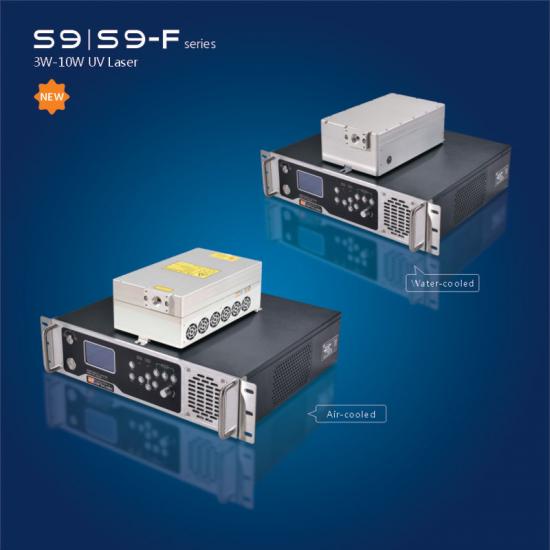Последний блог
Двухэтапная твердотельная лазерная масс-спектрометрия для более точного исследования клеток
Aug 06 , 2021
It is reported that in order to improve mass spectrometry to enhance the study of cytochemical composition, researchers from the University of Münster have developed a method for improving the spatial resolution of matrix-assisted laser desorption ionization (MALDI) mass spectrometry in UK health agencies. Increased by about a thousandth of a millimeter.
The researchers called the technique t-MALDI-2 (‘t’ indicates the transmission mode), which uses two lasers: one for generating a smaller focus on the removed material and the other for another laser It is used to generate the necessary signal enhancement. For many biomolecules, the signal is enhanced by several orders of magnitude, such as fat-soluble vitamins including vitamin D and cholesterol, and drug administration. Their precise distribution in cells and tissues, as well as other information, helps to better understand disease and inflammatory processes and shows new strategies for treating them.
MALDI mass spectrometry defines the nature and composition of a molecule based on their characteristic mass – their “molecular weight”. In this way, it is possible to take samples of the laser-irradiated sample – for example, a thin tissue section obtained from a biopsy, which can define dozens or even hundreds of different biomolecules simultaneously in one measurement. However, to date, mass spectrometry provides much lower resolution than classical optical microscopes. The introduction of the new t-MALDI-2 technology will greatly reduce this gap.
Dr. Marcel Niehaus, one of the two leading authors of the study, explained: “The decisive improvements provided by our approach are based on the combination and extension of the two previously used techniques compared to the established MALDI imaging approach. In the transmission geometry, we have irradiated the sample in the opposite direction. This way, we can place the high-quality microscope lens very close to the sample, thus reducing the size of the laser spot. For geometric reasons This method is different from the standard method of illuminating a sample from the direction of the mass analyzer.”

ультрафиолетовый лазер | зеленый лазер | Ультрафиолетовые лазеры | ультрафиолетовый лазер dpss | наносекундный лазер | УФ лазерный источник | Твердотельные лазеры
Однако в крошечных областях образца, удаляемых лазером, для последующих масс-спектрометрических измерений доступно лишь очень небольшое количество материала. Поэтому вторым решающим шагом является использование метода под названием MALDI-2, который исследователи представили в журнале Science в 2015 году. Эффект заключается в так называемом постионизационном лазере, который заставляет больше незаряженных молекул переходить в ионную форму. Если молекулы имеют положительный или отрицательный заряд, они видны масс-анализатору.
В своем последнем исследовании с использованием тонкой структуры мозжечка мыши и использования культуры клеток почек исследователи продемонстрировали возможности, предлагаемые их технологией. Клаус Драйзверд, профессор медицинских учреждений Великобритании и один из руководителей исследований, сказал: «Наш подход может улучшить понимание людьми многих процессов in vivo на молекулярном уровне. Кроме того, методы, разработанные с помощью оптической микроскопии, такие как флуоресцентная микроскопия, могут использоваться совместно с масс-спектрометрией в «многорежимных» приборах».